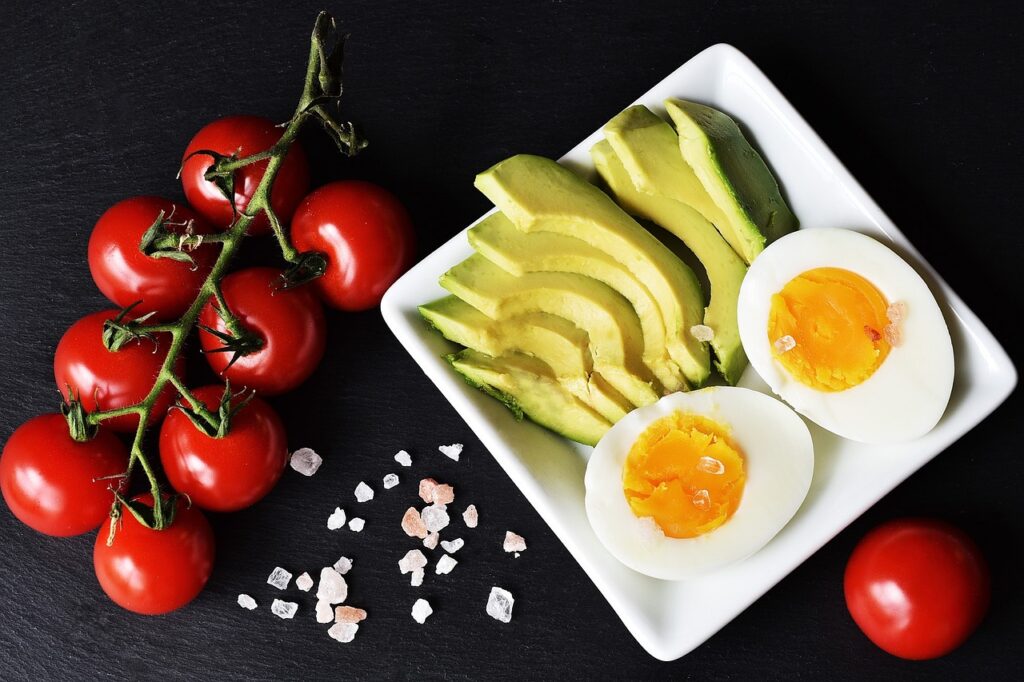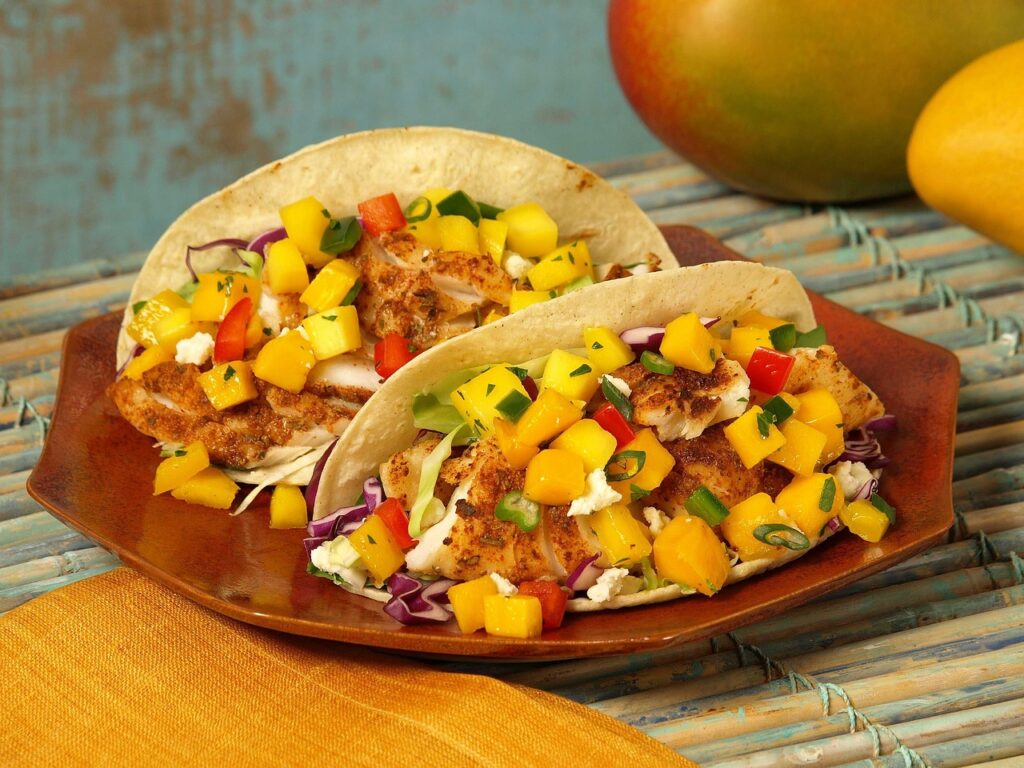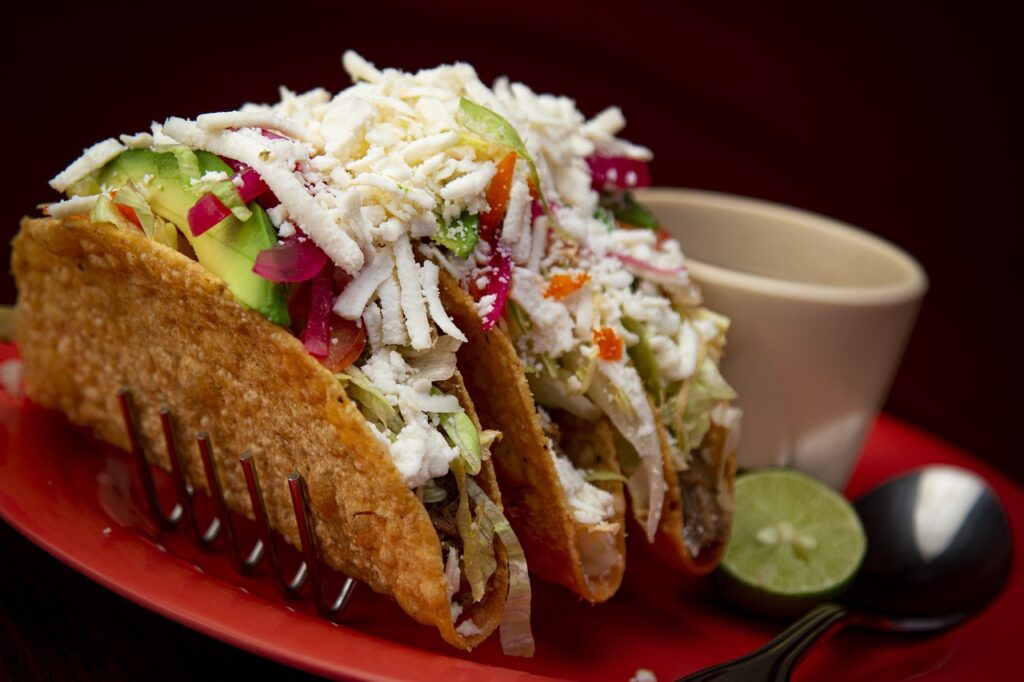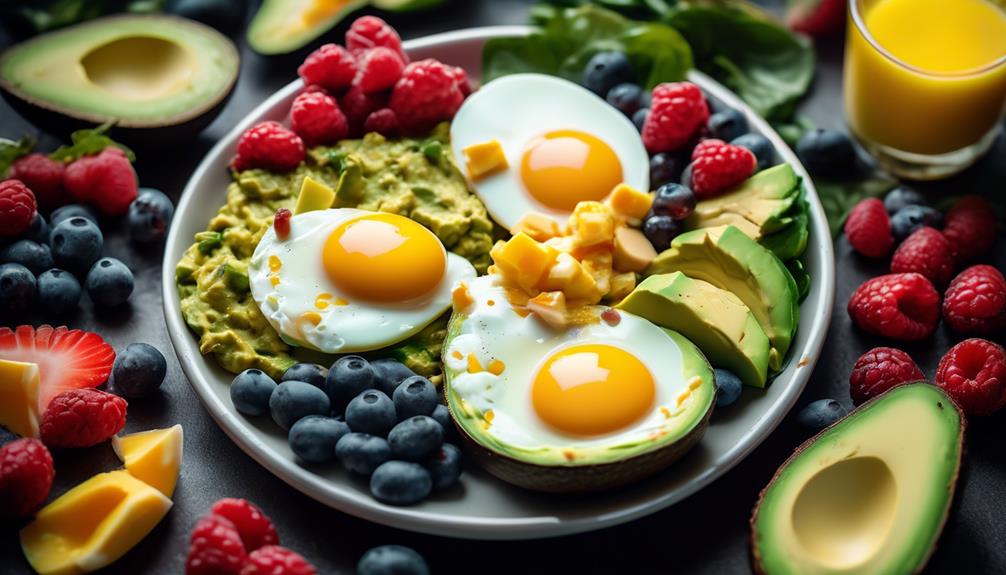Are you tired of searching for delicious and nutritious options to complement your vegetarian keto diet? Look no further than low-carb vegetable side dishes.
As you embark on this culinary adventure, you'll discover a myriad of benefits that make these dishes the perfect addition to your diet. From their nutrient density to their ability to support ketosis, low-carb vegetable side dishes offer a satisfying and flavorful alternative to traditional high-carb options.
But that's not all – their versatility is sure to inspire your creativity in the kitchen.
So, why are these dishes so perfect for your vegetarian keto diet? Let's explore the reasons together.
Benefits of Low-Carb Vegetables

Low-carb vegetables offer numerous benefits that can support your vegetarian keto diet and help you achieve your health and weight loss goals.
Incorporating low-carb vegetables into your meals provides you with a range of health benefits. Firstly, these vegetables are packed with essential nutrients like vitamins, minerals, and antioxidants that are crucial for maintaining optimal health. They can boost your immune system, support healthy digestion, and promote overall well-being.
Additionally, low-carb vegetables are an excellent choice for weight management. They're low in calories and high in fiber, which can help you feel fuller for longer, reducing the likelihood of overeating. The high fiber content also aids in regulating blood sugar levels, preventing spikes and crashes that can lead to cravings and weight gain.
Furthermore, low-carb vegetables are naturally low in carbohydrates, making them a suitable choice for individuals following a vegetarian keto diet. By incorporating these vegetables into your meals, you can maintain ketosis, a metabolic state where your body burns fat for fuel rather than carbohydrates.
Nutrient-Dense Options
Including nutrient-dense options in your vegetarian keto diet can provide you with a wide range of essential vitamins and minerals for optimal health. To ensure you're getting the most out of your low-carb vegetable side dishes, consider incorporating high fiber alternatives and micronutrient-rich choices. Here are four options to consider:
- Spinach: This leafy green is packed with vitamins A, C, and K, as well as folate, iron, and magnesium. It's also a good source of fiber, which can aid in digestion and promote a feeling of fullness.
- Broccoli: Known for its high fiber content, broccoli is also a great source of vitamins C and K. It contains sulforaphane, a compound that has been shown to have anti-inflammatory and anti-cancer properties.
- Cauliflower: This versatile vegetable is low in carbohydrates and high in nutrients. It's a good source of vitamin C, vitamin K, and folate. Cauliflower can be used as a substitute for rice or potatoes in various dishes.
- Brussels sprouts: These small, cabbage-like vegetables are rich in vitamins C and K. They also contain antioxidants and fiber, making them a nutritious addition to your vegetarian keto diet.
Maintaining Carbohydrate Limits

To maintain your carbohydrate limits on a vegetarian keto diet, it's important to employ carbohydrate counting techniques. This involves keeping track of the number of carbs in the foods you consume and staying within your daily limit.
Fortunately, there are plenty of low-carb vegetable options available that can help you meet your nutritional needs while keeping your carbohydrate intake in check.
Carbohydrate Counting Techniques
One effective technique for maintaining carbohydrate limits is to accurately count the grams of carbohydrates in each food item consumed. Carb counting methods can help you track your macros and ensure you stay within your desired carbohydrate range.
Here are four strategies to help you count carbs effectively:
- Read food labels: Pay attention to the total carbohydrates listed on food packaging. Keep in mind that the serving size may differ from what you actually consume.
- Use a food tracking app: Utilize apps that allow you to log your meals and track your macro intake. These apps often have extensive food databases to simplify the process.
- Measure portions: Use measuring cups, food scales, or portion control tools to accurately measure the amount of each food item you consume.
- Educate yourself: Familiarize yourself with the carbohydrate content of common foods. This knowledge will enable you to make informed choices and better manage your carbohydrate intake.
Low-Carb Vegetable Options
To effectively maintain your carbohydrate limits while enjoying a vegetarian keto diet, it's important to explore low-carb vegetable options that will keep you on track with your desired macros. Vegetables can be a great source of essential nutrients while being low in carbohydrates.
When it comes to vegetable substitutes, there are several options that are vegetarian keto friendly. For instance, cauliflower can be used as a substitute for rice or mashed potatoes. Zucchini can be spiralized to create low-carb 'noodles' that can be used in place of traditional pasta. Leafy greens like spinach and kale are also excellent choices as they're low in carbs and high in fiber.
Supporting Ketosis
In order to support ketosis, it's important to focus on incorporating low-carb vegetables into your vegetarian keto diet. These vegetables aren't only packed with essential nutrients but also help maintain a state of ketosis, where your body burns fat for energy instead of carbohydrates.
Here are four reasons why low-carb vegetables are perfect for supporting ketosis on a vegetarian keto diet:
- Fiber-rich: Low-carb vegetables, such as spinach, broccoli, and cauliflower, are rich in fiber. Fiber helps regulate blood sugar levels, preventing spikes that can kick you out of ketosis. It also aids in digestion and promotes a feeling of fullness, which can be helpful when following a low-carb diet.
- Low in net carbs: Net carbs are the total amount of carbohydrates minus the fiber content. Low-carb vegetables usually have a low net carb count, making them suitable for a ketogenic diet. They provide essential vitamins and minerals without significantly impacting your carb intake.
- Antioxidant powerhouses: Many low-carb vegetables, like kale and bell peppers, are rich in antioxidants. Antioxidants help protect your cells from damage caused by free radicals and support overall health. Including these vegetables in your diet can enhance your well-being while staying in ketosis.
- Variety and versatility: Low-carb vegetables offer a wide range of options to add variety to your meals. From zucchini noodles to cauliflower rice, there are endless possibilities to create delicious and satisfying dishes that align with your vegetarian keto lifestyle.
Satisfying and Flavorful Choices

With a variety of satisfying and flavorful choices, low-carb vegetables can elevate your vegetarian keto meals to a whole new level. Finding tasty and filling options that are also low in carbs can be a challenge, but with the right vegetables, you can create delicious and satisfying dishes that will keep you on track with your keto diet.
One of the great things about low-carb vegetables is their versatility and ease of meal prep. You can sauté them, roast them, or even spiralize them to create pasta alternatives. Some popular choices include zucchini, cauliflower, broccoli, asparagus, and bell peppers. These vegetables not only add a burst of flavor to your meals but also provide essential nutrients and fiber.
When it comes to meal prep, low-carb vegetables are a time-saving option. They require minimal preparation and can be cooked quickly. You can easily batch cook them and store them in the refrigerator for a few days, making it convenient to have ready-to-eat vegetables on hand for your meals.
Experiment with different seasonings and cooking methods to enhance the flavor of your low-carb vegetables. You can try adding spices like garlic, paprika, or cumin, or toss them in a homemade keto-friendly sauce.
Versatility for Various Keto Recipes
Low-carb vegetables offer a level of versatility that allows them to be incorporated into a wide range of keto recipes, adding both flavor and nutrition to your meals. Here are four ways these vegetables can be used in various keto recipes:
- Keto-Friendly Substitutions: Low-carb vegetables can be used as substitutes for high-carb ingredients in many keto recipes. For example, cauliflower can be riced and used as a replacement for rice or mashed to create a creamy texture similar to mashed potatoes. Zucchini noodles, or zoodles, can be used instead of traditional pasta, providing a low-carb alternative that still satisfies your pasta cravings.
- Creative Cooking Techniques: Low-carb vegetables can be cooked in creative ways to add variety to your keto meals. Roasting or grilling vegetables like asparagus, bell peppers, or Brussels sprouts brings out their natural sweetness and adds a delicious charred flavor. Spiralizing vegetables like cucumbers or carrots can create fun and unique shapes, making your dishes visually appealing.
- Flavorful Stir-Fries: Stir-frying is a quick and easy way to incorporate low-carb vegetables into your keto meals. You can create a delicious stir-fry by combining vegetables like broccoli, mushrooms, and bell peppers with keto-friendly sauces and seasonings. Add tofu or tempeh for a vegetarian protein source.
- Versatile Salads: Low-carb vegetables are perfect for creating refreshing and filling salads. Mix together a variety of leafy greens, such as spinach, kale, and arugula, with low-carb vegetables like cucumbers, tomatoes, and radishes. Add some protein, like grilled tofu or sliced hard-boiled eggs, and top it off with a keto-friendly dressing for a satisfying and nutritious meal.
With their versatility and adaptability, low-carb vegetables can be used in countless ways to enhance your keto diet. Get creative with your cooking techniques and experiment with different combinations to make your keto meals exciting and delicious.
Conclusion
In conclusion, incorporating low-carb vegetable side dishes into a vegetarian keto diet offers numerous benefits. These nutrient-dense options help maintain carbohydrate limits, support ketosis, and provide satisfying and flavorful choices.
While some may argue that vegetarian keto diets lack variety, the versatility of low-carb vegetables allows for the creation of a wide range of delicious and nutritious keto recipes.
So, rest assured, you can enjoy a diverse and fulfilling vegetarian keto diet with these delicious vegetable side dishes.







